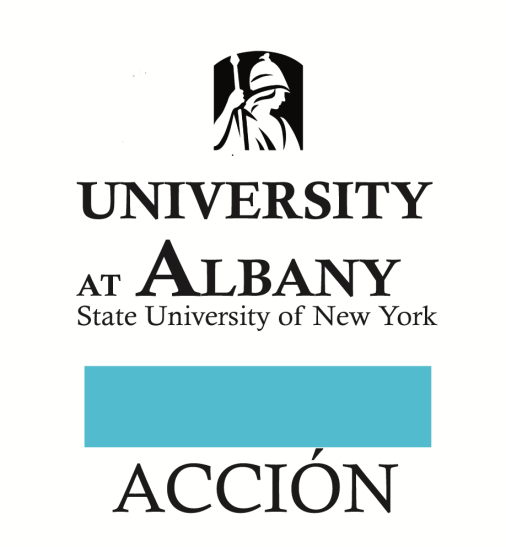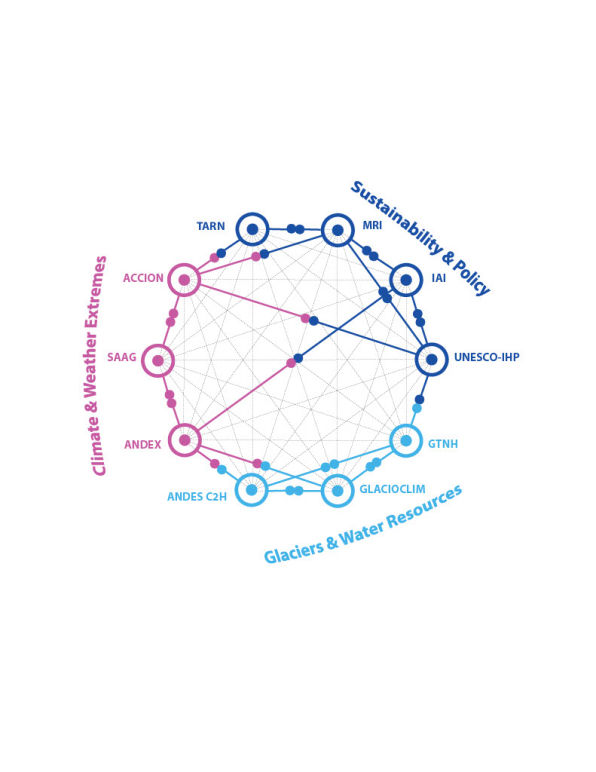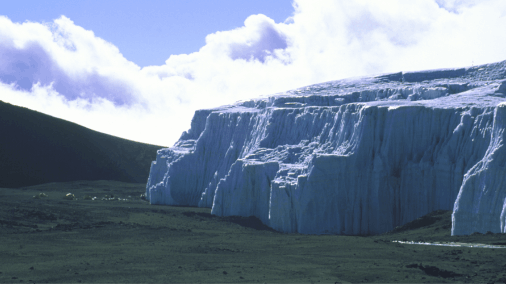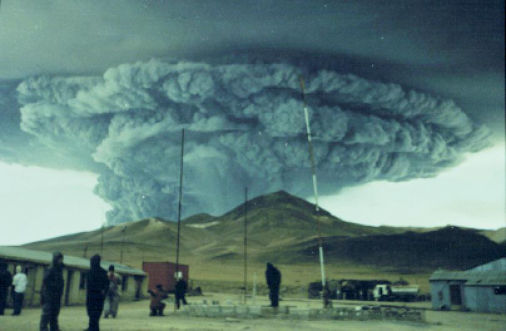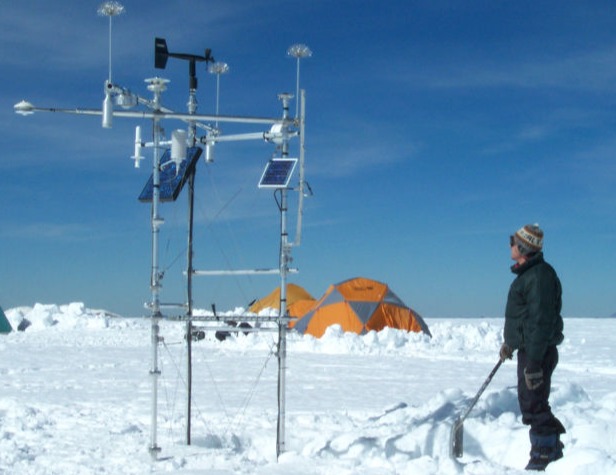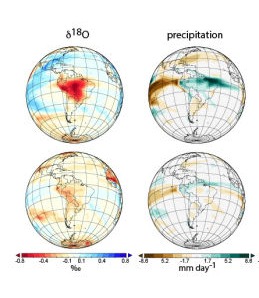South American Paleoclimate Research PIRE-CREATE
PIRE - CREATE is an international collaboration that involves six institutions and 18 investigators from the United States (University at Albany - State University of New York & Columbia University), University of Sao Paulo in Brazil and IANIGLA in Argentina. The goal of this project is to advance paleoclimate research over the Americas to the point where it can transform the way we inform policy- and decision-making at a trans-national level about the risks of climate change and place future projections in a broad historical context. The project is co-funded by the US National Science Foundation (NSF) and the Sao Paulo State Research Agency (FAPESP). Learn more.
Andean Climate Change Interamerican Observatory Network (ACCION)
The retreat of glaciers and decreased water availability in paramo environments, coupled with warmer temperatures and enhanced probabilities of drought occurrence, suggests the potential for a severe future water crisis in the tropical Andes. As a response to these documented effects, and to increase the capacity in the Andean region to deal with this crisis in an anticipatory manner, with funding from the US State Department we created the Andean Climate Change Interamerican Observatory Network (ACCIÓN). The goal of this program is to enhance capacity building at both the scientific and the communications levels in four target countries (Colombia, Ecuador, Peru & Chile) so as to catalyze networking and strengthen simultaneously local research institutions and policy making in these countries. Learn More.

